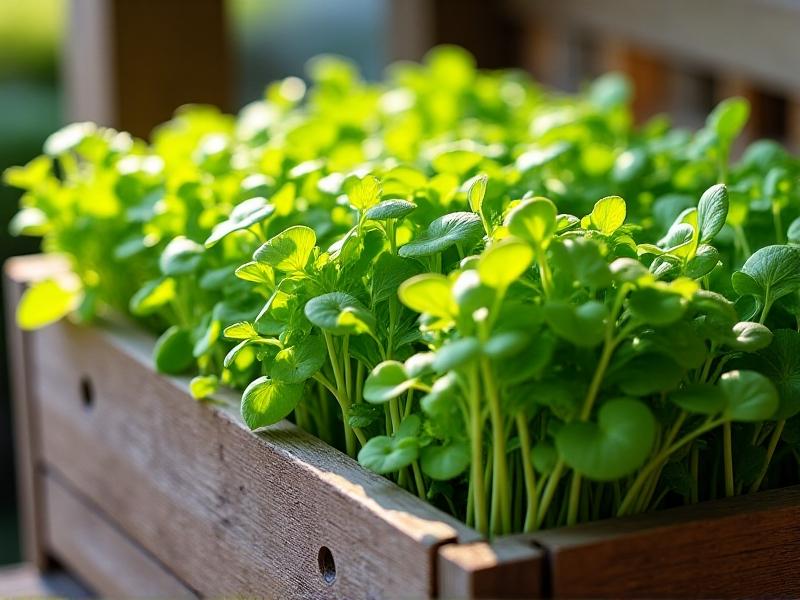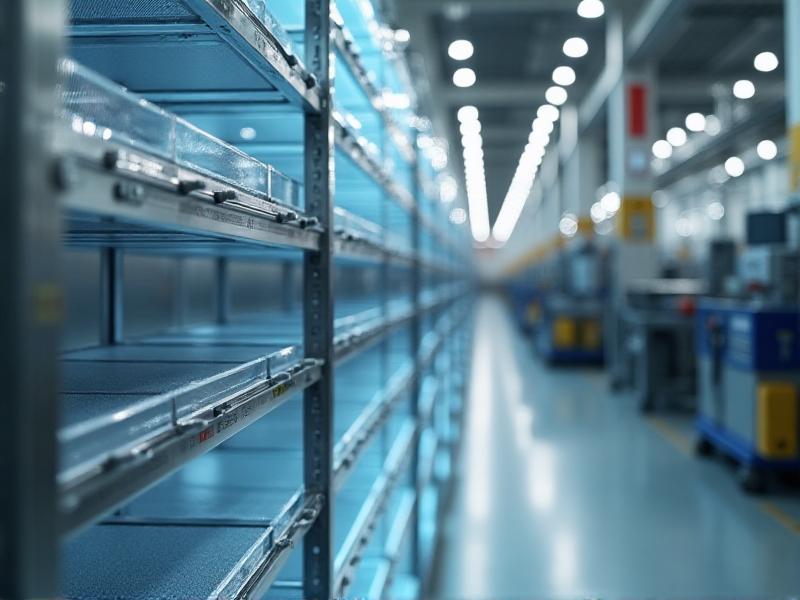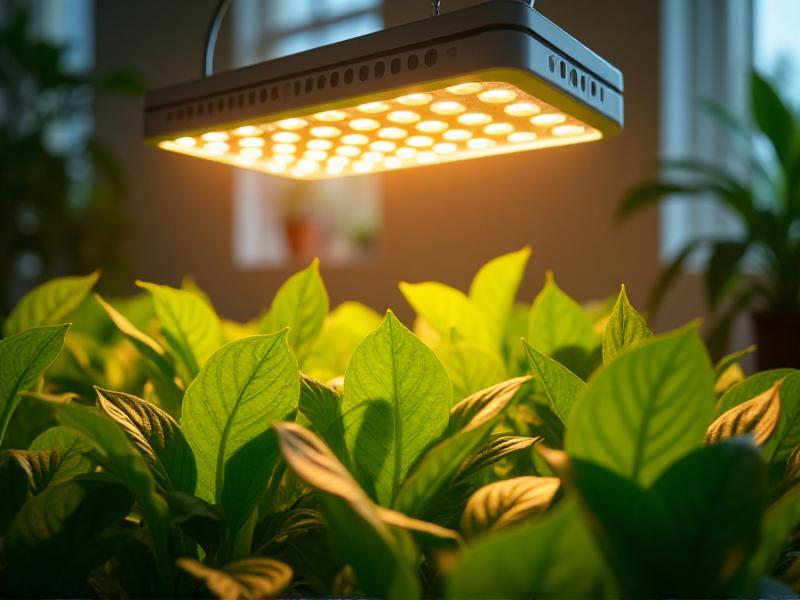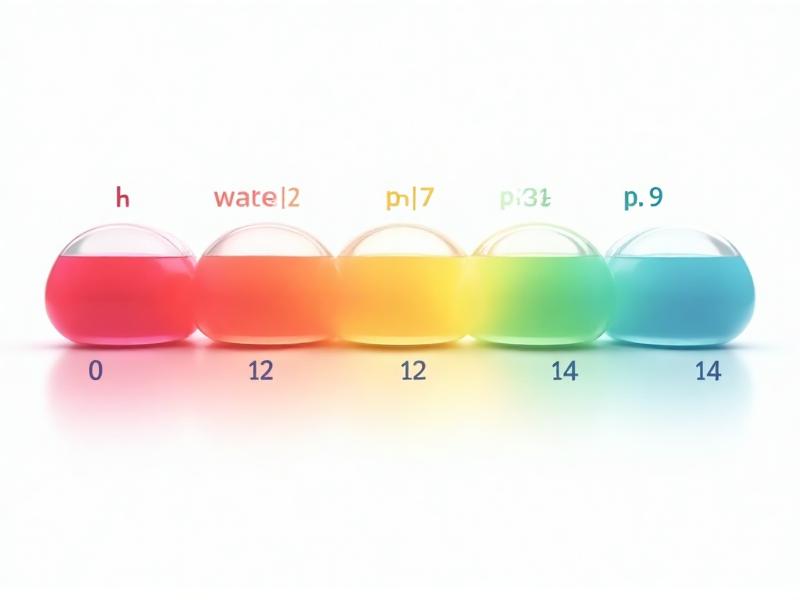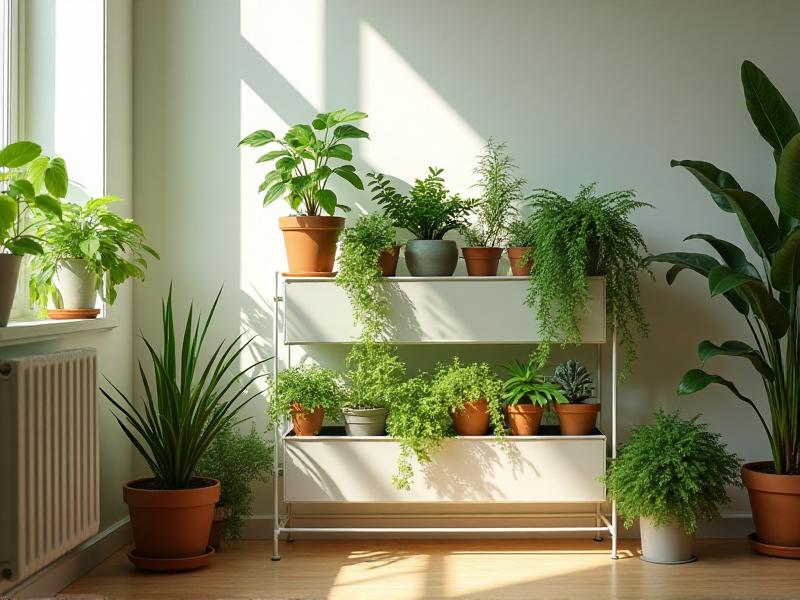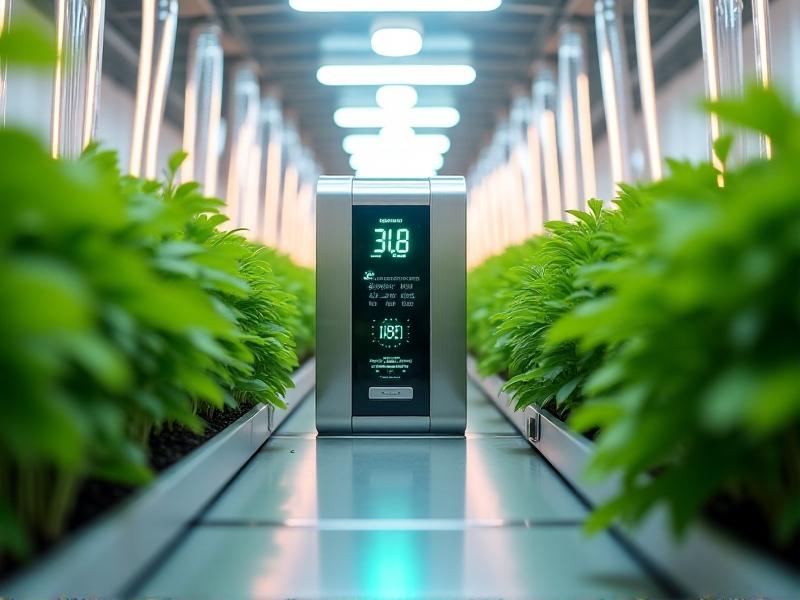Seed Viability Testing After Long Storage
Introduction to Seed Viability Testing
Seed viability testing is a crucial process for determining the potential of seeds to germinate after a period of storage. Whether you're a farmer, gardener, or seed bank curator, understanding the viability of seeds is essential for ensuring successful crop production and biodiversity conservation. This article delves into the various methods and factors influencing seed viability testing, particularly after long-term storage.

Why Seed Viability Matters
Seed viability is a critical factor in agriculture and conservation. Viable seeds ensure that plants can grow, reproduce, and sustain ecosystems. In agriculture, non-viable seeds can lead to crop failures, financial losses, and food insecurity. For conservationists, maintaining viable seeds is essential for preserving plant diversity and restoring degraded ecosystems. Understanding the importance of seed viability helps in making informed decisions about seed storage and usage.

Factors Affecting Seed Viability During Storage
Several factors influence the viability of seeds during storage, including temperature, humidity, and seed type. High temperatures and humidity levels can accelerate seed deterioration, while low temperatures and dry conditions can extend seed longevity. The genetic makeup of the seed also plays a role, with some seeds naturally having a longer shelf life than others. Proper storage conditions are essential to maintain seed viability over time.
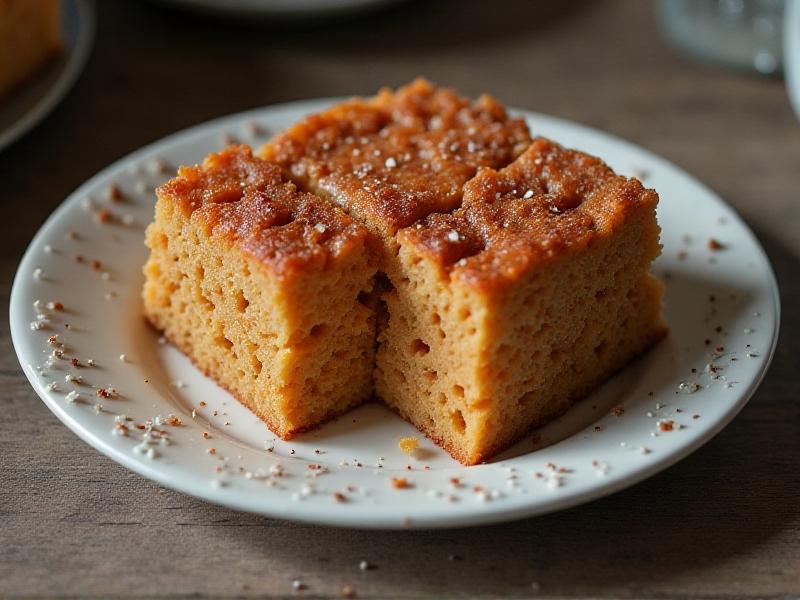
Methods of Seed Viability Testing
There are several methods to test seed viability, including the germination test, tetrazolium test, and electrical conductivity test. The germination test involves planting seeds and observing their growth, while the tetrazolium test uses a chemical stain to assess seed vitality. The electrical conductivity test measures the leakage of electrolytes from seeds, indicating their health. Each method has its advantages and limitations, and the choice of method depends on the specific needs and resources available.
Challenges in Seed Viability Testing After Long Storage
Testing seed viability after long storage presents unique challenges. Over time, seeds may lose their vigor, making it difficult to achieve accurate results. Environmental factors during storage, such as temperature fluctuations and pest infestations, can further complicate the testing process. Additionally, some seeds may enter a state of dormancy, requiring specific treatments to break dormancy and assess viability. Addressing these challenges requires careful planning and expertise.
Best Practices for Maintaining Seed Viability
To maintain seed viability, it is essential to follow best practices in seed storage and handling. This includes using airtight containers, maintaining optimal temperature and humidity levels, and regularly monitoring seed health. Proper labeling and documentation of seed batches can also help in tracking their viability over time. Implementing these practices ensures that seeds remain viable and ready for use when needed.
Case Studies: Successful Seed Viability Testing
Several case studies highlight the success of seed viability testing in various contexts. For example, seed banks have successfully revived ancient seeds that were stored for centuries, contributing to biodiversity conservation. In agriculture, farmers have used viability testing to optimize seed storage and improve crop yields. These case studies demonstrate the practical applications and benefits of seed viability testing in different fields.
Future Trends in Seed Viability Testing
The field of seed viability testing is continuously evolving, with new technologies and methods being developed. Advances in molecular biology, such as DNA testing, offer more precise ways to assess seed health. Additionally, the use of artificial intelligence and machine learning can improve the accuracy and efficiency of viability testing. These future trends hold promise for enhancing seed storage and conservation efforts.
Conclusion: The Importance of Seed Viability Testing
Seed viability testing is a vital process that ensures the success of agriculture and conservation efforts. By understanding the factors affecting seed viability, employing effective testing methods, and following best practices, we can maintain the health and longevity of seeds. As technology advances, the future of seed viability testing looks promising, offering new opportunities to enhance seed storage and biodiversity conservation.
